Telehealth for wound care: Q&A on its impact on patients
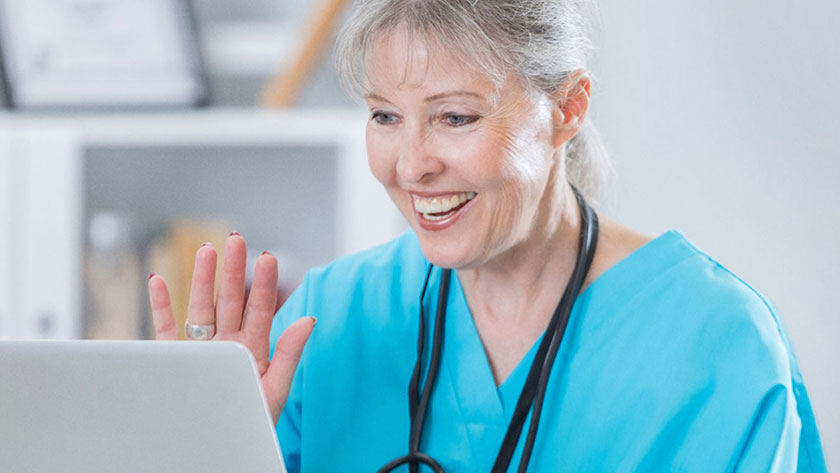
School days, family game nights and even graduations ceremonies are all going virtual during shelter-in-place mandates. So, it’s no surprise that wound care has also moved to screens. In the past, telehealth—using “electronic information and telecommunication technologies” for long-distance healthcare1—was often associated with rural and remote areas, but it has become common practice now that outpatient wound care clinics have closed to reduce exposure to COVID-19 for both patients and clinicians.
Telehealth pre- and post-COVID-19
offering telemedicine2
Changing restrictions
Helping to make telehealth more possible is the U.S. Department of Health and Human Services Office of Civil Rights, which waived HIPAA violation penalties against healthcare providers who want to use tools like FaceTime and Skype during the current public health emergency. Also, for the time being, the Centers for Medicare and Medicaid Services (CMS) is considering telehealth visits the same as in-person visits.4
Telehealth and wound care
At the Michael E. DeBakey VA Medical Center in Houston, telehealth was already being used to help broaden access to care for its patients, but it has now become the normal course of operations. Here, Program Director of Clinical Wound Care Aimee D. Garcia, MD, CWS, FACCWS, MAPWCA answers questions about wound care via telehealth, and its impact on patients and caregivers.

- What kind of tissue is in the wound bed?
- What does the periwound look like?
- How much drainage is there?
- And we can ask pointed questions about odor.
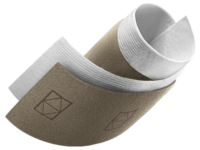
A. As I said, wound care is a very hands-on specialty, so we lose our ability to smell and to touch the periwound, and to be able to debride the wound, which is a critical aspect of what we do.
In addition, when patients come into our clinic or we’re assessing them at the bedside, we can make a clinical change in the treatment plan right then and there—to switch the type of dressing that we’re using or use a different modality. When you’re seeing them in the home environment via some kind of virtual format, you’re limited. Even if you wanted to change the dressing, there’s no way for you to do that immediately.
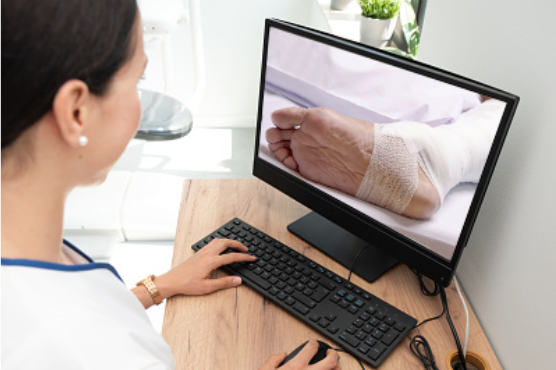
The only thing you can do is order the dressing, have it mailed to the patient’s home and wait for them to get the dressing, which might take three to five days. This means treatment changes are going to be delayed, which may impact healing time.
When you’re seeing [patients] in the home environment via some
kind of virtual format, you’re limited, so even if you wanted to change
the dressing, there’s no way for you to do that immediately.
The other issue is individuals who are not technologically savvy—in my experience, that’s true more so with geriatric patients. They may not have smart phones, they may not have Internet connection, or they have a smart phone and have no idea how to use it, so asking them to download a new app to their phone or go into a chat room and secure it, that is too much. In those cases, we’re dependent on family members or a home health nurse to come in to help us connect with a patient.
It’s a lot of trial and error.
The other challenge is the number of providers using the technology is overwhelming the system. In addition to the servers in the VA system, we’ve also used Doximity, iPads and FaceTime, which, in the normal course of things, wouldn’t be allowed because of HIPAA regulations, but because the federal government has decreased their HIPAA requirements, we’re able to use this.
- An Internet connection that’s working.
- A comfortable place to take the call.
- A family member there to help them, if possible, so the dressing can be removed and the wound bed visualized.
- All supplies on hand.
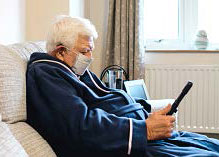
- If the nurse just started assessing the wound, find out what kind of dressing is being used. I think it’s very important that they minimize the dressing changes. You don’t want to use anything that the patient is going to have to change every day, because you’re trying to make it easier for the patient or caregiver to do these dressing changes if there’s no home health care provider coming in.
- Encourage the patient to pay close attention to their wound, so if there are any changes they note, they immediately call somebody so it can be caught early. We’re not only trying to heal the wound, we’re trying to prevent infection so that patient doesn’t end up going to an emergency room and getting exposed to potentially something even worse.
- Make sure that the patient has enough dressings and that they’re not close to running out, because there may be a delay in getting more.
- Environment. There are challenges in terms of the environment the patient is in. For example, there are likely family members around, and, even though conditions have been relaxed, you don’t want to talk about sensitive issues in front of everybody.
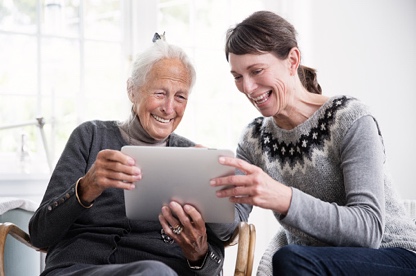
- Distraction.There may be distractions for the patient, such as little kids running around or, for instance, we had one televisit where a dog kept getting in front of the camera. Distractions like that, you would not normally have if the patient were coming into the clinic.
- Informality. You’ll have a patient join a telehealth visit with no shirt on, or they’re in their skivvies and you’re thinking, “Really?”
- Disassociation. It’s definitely a different way of treating patients. Even though you try to show empathy and caring, there’s a certain disassociation that happens when you can’t be with a patient.
- Inattention. Sometimes patients won’t want to talk about their wounds, they’ll want to talk about everything else. They’ll want to talk about COVID and isolation. Sometimes they’re just lonely. You could be their only social interaction. That can be a challenge when you have other patients you have to see, but it’s not like you have a lot of control over it.
Where we were dipping our toes in the water before,
now we were pushed in head-first, under the waves.
Take note of what is working for you and what isn’t working, so we
can all take our experiences and come together at the end of this
to do things that will move medicine forward in terms of telehealth.
When we come out of this, I think we can make modifications to make telehealth more effective. We can use the trials and errors we are experiencing now to further enhance the field. Maybe we’ll see the patient for a clinical appointment one time and give them a couple of measuring strips to take with them, so the next visits can be from home, and we’ll teach family members to measure and assess a wound. Maybe we’ll create a checklist to help them do a more accurate assessment.
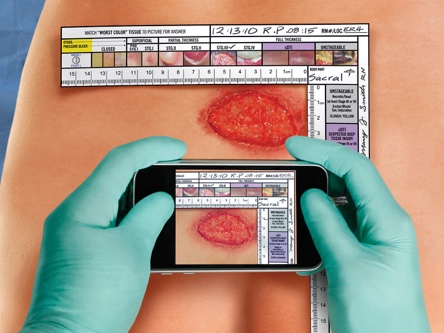
I think there are some really unique benefits to telehealth, and we can make it an even more effective strategy to taking care of our patients.
Take note of what is working for you and what isn’t working, so we can all take our experiences and come together at the end of this to do things that will move medicine forward in terms of telehealth.
Key takeaway
In summary, the use of technology for the management of wounds has become an ongoing challenge, but wound care nurses are continuing to adapt in order to best meet the needs of patients. Medline Skin Health offers comprehensive educational resources and a system of skin health products to help wound care nurses do the right thing, whether in person or on the screen.
Beyond telehealth, other tools to help simplify wound care
You can further help patients take care of their wounds at home with patient education resources as well as products make wound care easier, such as foam dressings that shouldn’t require daily changing and nutritional supplements that can provide needed protein. Instructional videos can walk patients through dressing changes and, complementing the effective use of the NE1 tool, there will soon be a smart phone app that can be used to digitally assess wounds. All these can all help you make skin health second nature.
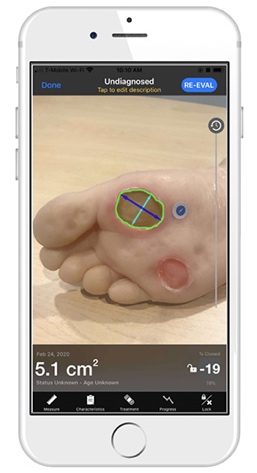

References:
Ref 1 https://www.hrsa.gov/rural-health/telehealth
Ref 2 https://www.kareo.com/newsroom/press/kareo-survey-reveals-coronavirus-pandemic-impact-independent-medical-practices
Ref 3 https://www.healthleadersmedia.com/finance/picturing-telehealth-post-pandemic-world
Ref 4 https://www.cms.gov/newsroom/fact-sheets/medicare-telemedicine-health-care-provider-fact-sheet
